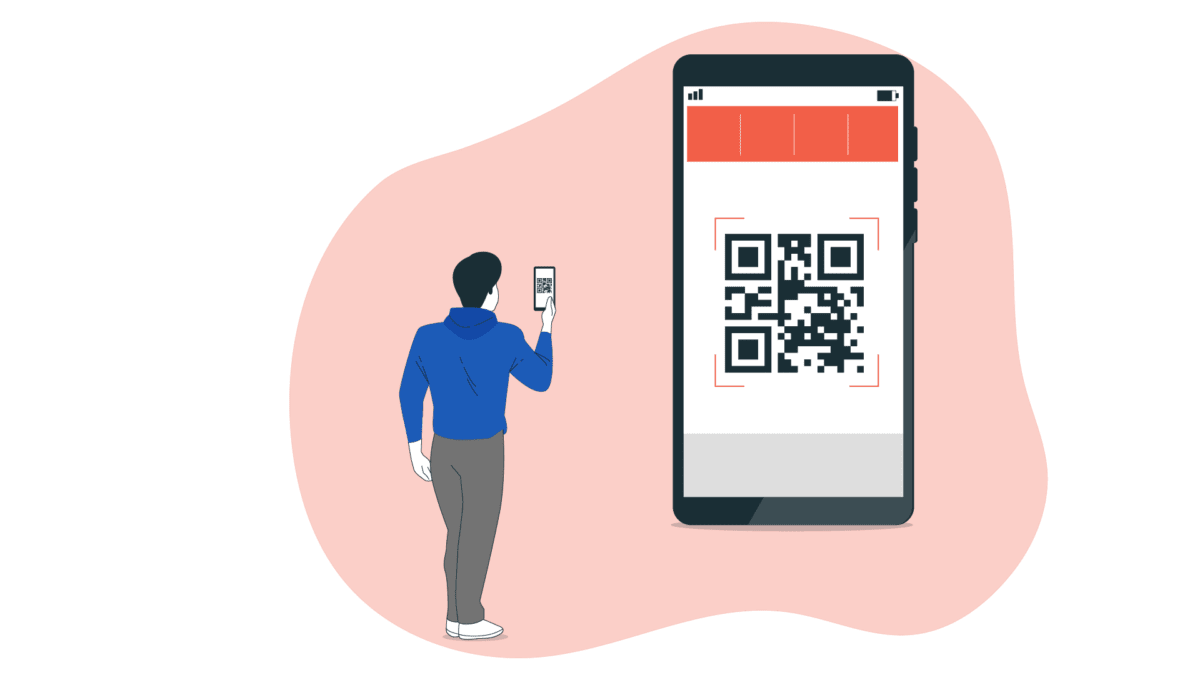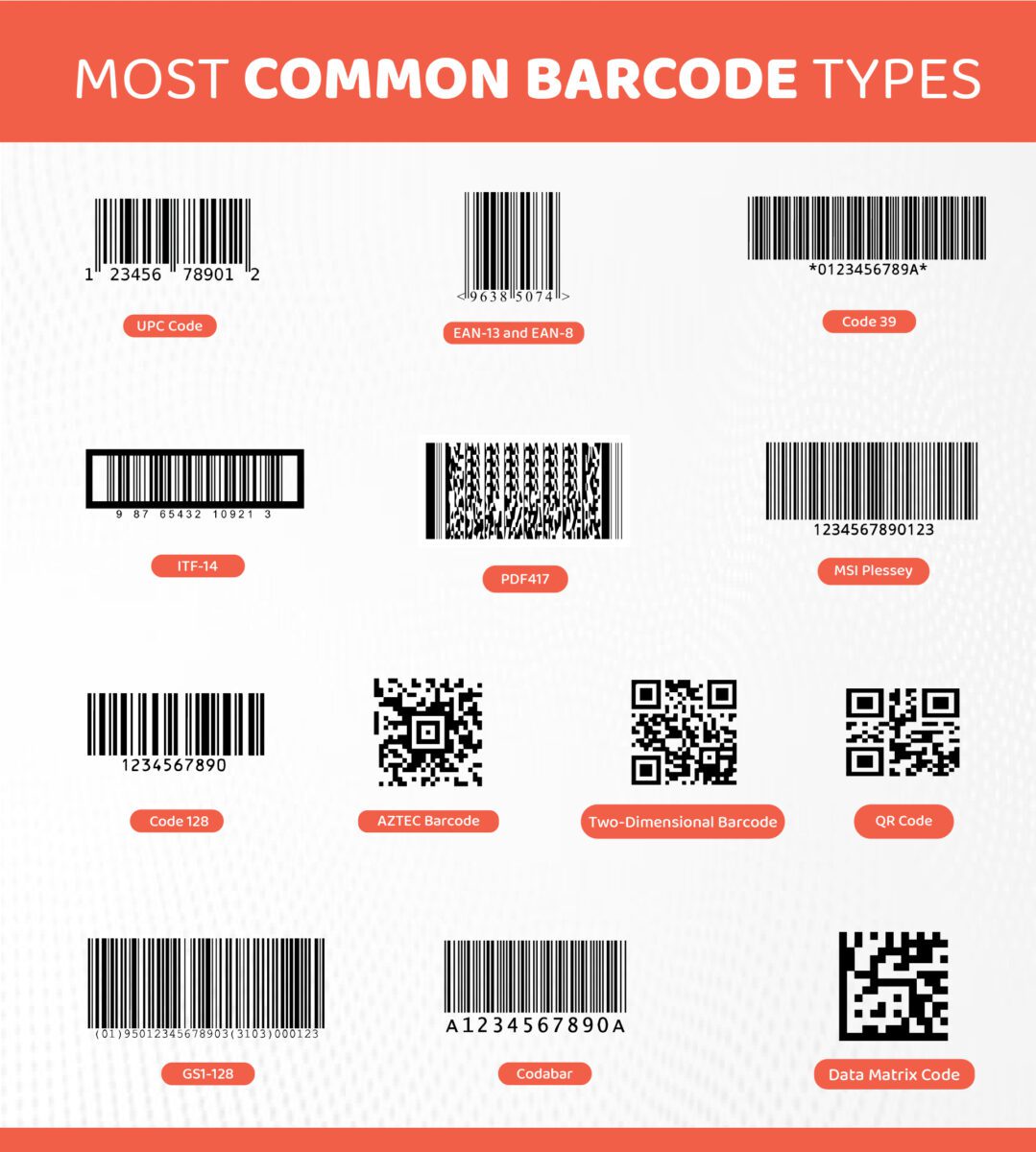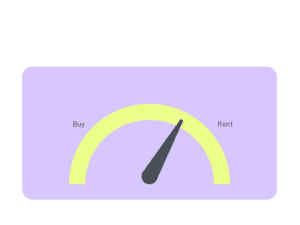GS1-128
This barcode was developed as a data carrier to make it easier for organizations to send information to one another. Retail establishments employ GS1 DataBar barcodes to identify customer coupons, produce, and perishables, as well as small goods in the healthcare sector.
It comes with a collection of application identifiers that allow it to describe the meaning of the data as well as encode it. Compared to ordinary barcodes used by consumers, they are smaller. Since its debut in 2001, GS1 DataBar has been required for all retail coupons in the United States.
GS1 DataBar codes have a lot of potential advantages. Additionally, GS1 codes help customers at self-checkout kiosks have quicker and more pleasant checkout experiences. These codes facilitate scanning workflows that are quicker and more effective in patient care settings.
ITF-14 (Interleaved 2 OF 5)
This particular barcode is a hybrid of logistical and point-of-sale barcodes. It is capable of handling high printing tolerances and employs a 14-digit number.
All across the world, packing materials are marked with ITF (or Interleaved 2 of 5) barcodes. They are perfect for printing on corrugated cardboard since they can handle high printing tolerances.
ITF barcodes utilize the entire ASCII character set and encrypt 14 numeric digits. This is very helpful if you need to print barcodes on cardboard. This barcode is typically used for transactions involving non-POS (point of sale) products.
This self-checking code is a strong tool for encoding information on product packaging as a result. The Interleaved 2 of 5 barcode does not need a check digit, but it can only encode numbers, not letters.
Codabar
The Codabar barcodes are utilized by logistical and medical professionals, including FedEx, picture shops, libraries, and American blood banks. Their key advantage is that they can be created by any impact-style printer, even a typewriter, and are simple to print.
As a result, people can generate several Codabar codes by employing a series of consecutive integers without a computer. With an additional four start/stop characters, Codabar is a discrete, self-checking symbology that can encode up to 16 separate characters.
Codabar barcodes have the benefits of being simple to scan and self-checking, which minimizes code entry mistakes. But newer coding formats, which enable more data to be stored in a much smaller size, are gradually replacing Codabar codes.
Related For You: How To Mark Tools To Prevent Theft
Nevertheless, Codabar is still widely utilized in the logistics industry, the medical field, and even in schools where the code is printed on the backs of library books.
MSI Plessey
MSI Plessey (Modified Plessey) barcodes are used to label supermarket shelves and control inventory in retail settings.
In order to facilitate precise inventory checking, they are also utilized throughout warehouses and other storage facilities. MSI Plessey codes can be generated at any length and can only encode integers.
Therefore, they can encode almost any quantity of data. Additionally, compared to newer, more affordable barcodes, its binary format is less trustworthy and effective.
Types of 2d barcodes
Two-dimensional or 2D, barcodes use two-dimensional shapes and symbols to systematically express data. They resemble a linear 1D barcode but may hold more data in a smaller space.
Some more recent barcode forms, including the QR Code and PDF417, are 2D barcodes. The error-protection formulae included in 2D barcodes are another significant benefit.
These codes are intended to maintain data integrity and scannability even after it has been torn, scratched, or otherwise damaged. Due to this characteristic, 2D barcodes are ideally suited to more demanding, rapid scanning applications.
QR Code
Advertising, magazines, and business cards are some of the media where QR codes are most frequently utilized for tracking and marketing purposes.
Despite not being readable by a laser scanner, they can be read quickly, have a flexible size, and have high fault tolerance. QR codes are incredibly versatile. They can encode practically any type of data and can be scanned on almost any device with scanning capability, even low-cost smartphones
Four different data formats are supported by QR codes: numeric, alphanumeric, byte/binary, and even Kanji. They are in the public domain and are open for use. Additionally, QR codes have outstanding fault tolerance, which enables users to decode data even if a section of the code is broken.
Data matrix bar code
Datamatrix codes have high fault tolerance, just like many other 2D barcodes. Typically, Data Matrix codes are used to mark small objects, products, and documents. They are perfect for little products in logistics and operations because of their compact footprint.
In fact, they are advised to be used to label small electronic components by the U.S. Electronic Industries Alliance (EIA). They have high fault tolerance and quick readability, just like QR codes.
Since Data Matrix codes have a high data density, they are less invasive on goods and resources. Additionally, they are made to be viewable at low resolution and in less-than-optimal scanning positions.
AZTEC Barcode
The transportation sector frequently uses Aztec codes, especially for tickets and boarding cards. When tickets are printed incorrectly or displayed on a phone, the barcodes can still be read even if they have poor resolution.
In contrast to certain other 2D barcode kinds, they can also be smaller because they don’t need a blank quiet zone around them. Aztec barcodes use very little space. They have good error correction to avoid scanning errors and can store enormous amounts of data while still being relatively tiny.
These codes are nevertheless an effective tool for transportation, healthcare, and other industries even though they don’t support the same number of characters as QR codes.
PDF417
Applications that need to store enormous volumes of data, such as photos, fingerprints, and signatures, use PDF417 codes. They are significantly more effective than other 2D barcodes since they can store more than 1.1 kilobytes of machine-readable data.
Similar to QR codes, PDF417 barcodes are free to use and in the public domain. Paper boarding passes and state-issued identification cards can both be made using these barcodes.
PDF417 codes are suitable for a wide range of applications, including transportation and inventory management, because of their data efficiency.
Concluding
Your decision over whether to use barcode scanning to manage your rental inventory will be influenced by a number of elements, including the product’s accessible surface area, the scanning environment, and the most common barcode type and quantity of data that must be stored.
Whichever model you choose, all of them will help you reach your goals of boosting productivity and lowering human error. You can connect with rental management software to get the most exclusive features of the barcode scanning system.




